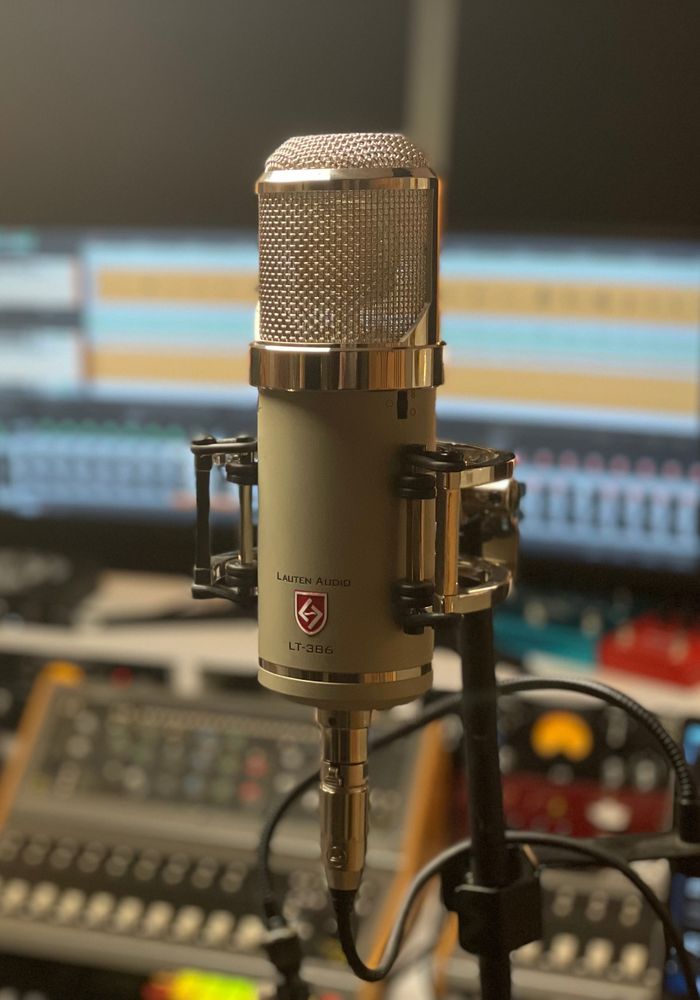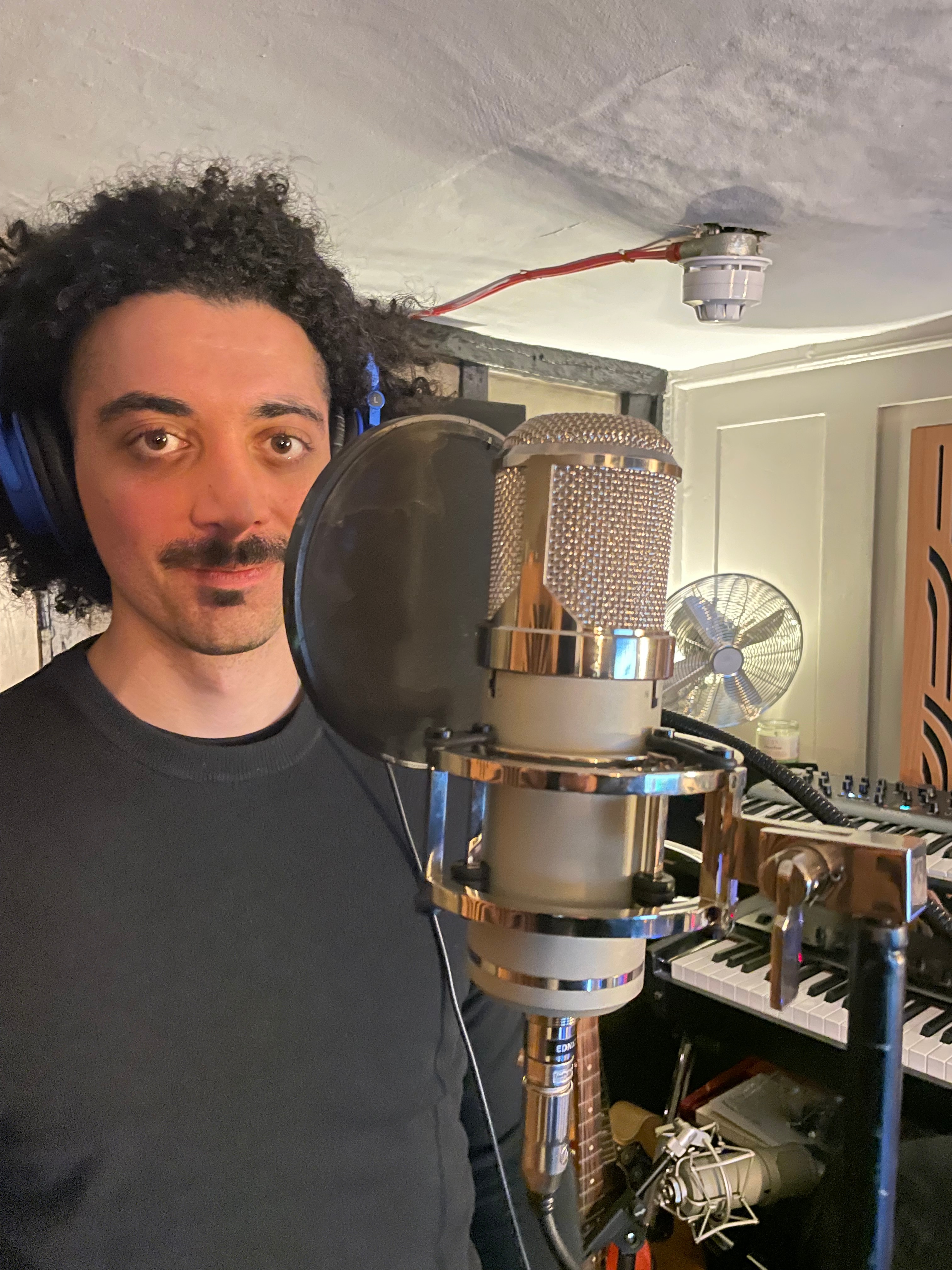We put Lauten Audio’s flagship Eden tube mic to the test during a vocal session with frontman of UK rock band, Fuzz Skyler, to see how effectively its three dedicated circuits and filters can alter the sonics of a quality vocal performance.
There are many ways to record vocals, and a long list of quality mics that will get the job done: from the good to the very good, to the outstanding. As a recording engineer, I have my go-to mic(s) and chain; and from a production standpoint, I have a reliable starting point when heading into the box that will usually complement that chain. Yet sometimes catching that extra air at source or punch in the midrange will vary depending on the vocalist that’s performing, and more work will be needed in the box than I might have originally envisioned.
Another time consuming process, of course, can be finding the right mic for the right singer, and a bit of chopping and changing can be required before tracking. It can be a hindrance, particularly when working to deadlines and in small spaces. Some mics, for example, require external power and need warming up, and without the luxury of a sizeable vocal booth or spacious live room, they’ll often need setting up from scratch, which in my case means heading pretty deep down into a flight case which holds my mic collection while simultaneously propping up 6U of outboard, two drum machines, and a Vox guitar head. In a word, tricky.
A third potential issue is noise. My mix room is tuned and my monitoring setup is fully calibrated, so it sounds great and true – but it’s also small and vocal booth-less, so it can be challenging at times achieving the right gain structure, particularly when trying to get the vocalist maximum headroom and headphone output, and keeping the background noise low enough. Not helped, of course, by the proximity of vocalist to my 2017 Mac Book: when the fan kicks in, I know I’m in for a rollercoaster of a session. Bring on my Mac M1 Max, which arrives in February!
This was even true when I was fortunate enough to babysit a beautiful Neumann U67 in November 2020; it’s a truly brilliant-sounding microphone, and it got me some great results, but even that was not necessarily as manageable in my recording environment as I would have hoped.
The timing, then, was perfect when I was able to get my hands on a Lauten Audio Eden during December, just days after I reluctantly returned the U67. I’d heard a lot about these Lauten mics, knew they were handbuilt in California, and were built like tanks. I also knew that the brand recommended – and understandably so after setting one up – that you don’t skimp on your choice of mic stand when using this beast, as it weighs 8lbs!




